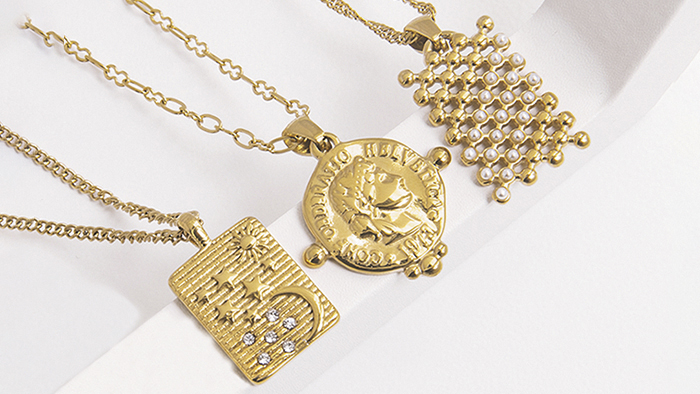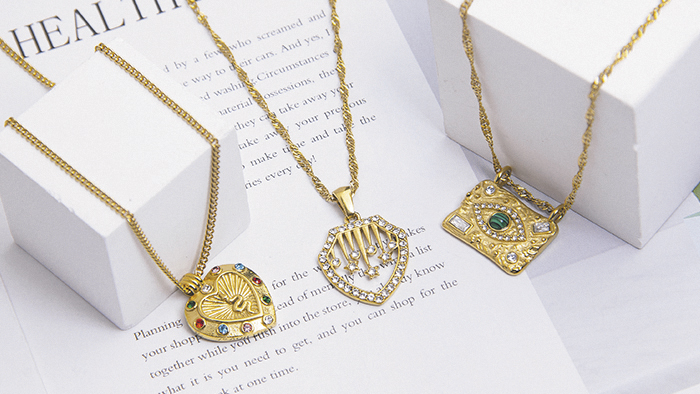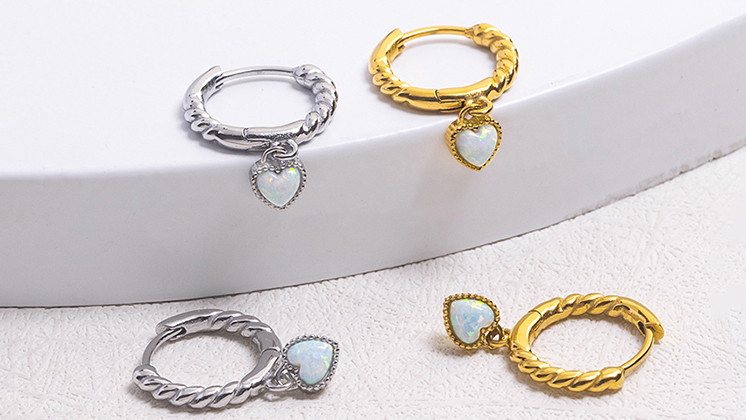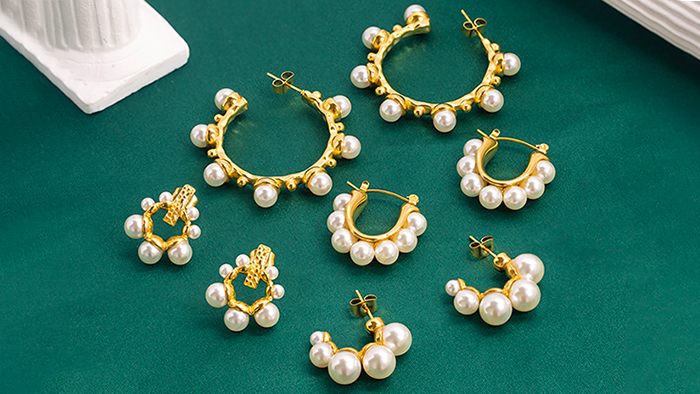Exploring the Facts and Myths: Stainless Steel Jewelry Side Effects

Stainless steel jewelry has become a popular choice for those seeking stylish and durable accessories. Known for its affordability and resistance to tarnish, this alloy has made its way into the fashion world. However, some concerns have been raised regarding potential side effects associated with stainless steel jewelry. In this article, we will explore the facts and dispel the myths surrounding stainless steel jewelry side effects.
- Skin Sensitivity
One of the most common concerns about stainless steel jewelry is its potential to cause skin irritation. While allergic reactions to stainless steel are rare, some individuals may experience sensitivity due to the presence of nickel, a common component in many stainless steel alloys. Nickel sensitivity is a well-known issue, and prolonged contact with nickel-containing jewelry can lead to redness, itching, and rashes. To address this, consider opting for stainless steel jewelry labeled as “hypoallergenic,” which typically contains lower nickel levels.
- Nickel-Free Options
To cater to individuals with nickel allergies or those who want to avoid the potential side effects, many jewelry manufacturers now offer nickel-free stainless steel options. These pieces are specially crafted to minimize the risk of skin reactions and are an excellent choice for those with sensitive skin. By choosing nickel-free stainless steel, you can enjoy the benefits of this material without compromising on comfort.
- Corrosion Resistance
Stainless steel is renowned for its corrosion resistance, making it a popular choice for jewelry, particularly for those who lead active lifestyles. Unlike some other metals that may tarnish or react with the skin, stainless steel remains unaffected by moisture, sweat, or exposure to the elements. This durability is one of the key advantages of stainless steel jewelry.
- Durability and Longevity
Stainless steel jewelry is prized for its longevity. Unlike other materials that may fade, tarnish, or break easily, stainless steel retains its luster and strength over time. This means that your stainless steel jewelry can remain a cherished accessory for many years, reducing the need for frequent replacements.
- Low Maintenance
Stainless steel jewelry is incredibly low maintenance. Unlike silver or gold, which require regular polishing to maintain their shine, stainless steel only needs occasional cleaning with mild soap and water to look its best. This easy upkeep makes it a practical choice for those with a busy lifestyle.
- Myths and Misconceptions
There are several misconceptions surrounding stainless steel jewelry that have contributed to concerns about potential side effects. It is essential to address these myths to make informed decisions:
- “Stainless steel contains harmful chemicals.” This is not true. Stainless steel is a safe and inert material, free from harmful chemicals that could leach into the skin.
- “Stainless steel jewelry causes cancer.” No scientific evidence supports this claim. Stainless steel is widely used in medical devices and food preparation, indicating its safety for prolonged skin contact.
- “Stainless steel is always heavy and uncomfortable.” Stainless steel jewelry is available in various weights and thicknesses, allowing for comfortable options that suit different preferences.
Conclusion
Stainless steel jewelry is a versatile and durable choice for those seeking stylish accessories. While some individuals may experience skin sensitivity due to nickel content, this issue can be addressed by choosing nickel-free stainless steel options. Overall, the potential side effects of stainless steel jewelry are minimal, and the benefits, such as corrosion resistance, longevity, and low maintenance, far outweigh any concerns. By dispelling the myths and understanding the facts, you can confidently enjoy the beauty and practicality of stainless steel jewelry.






